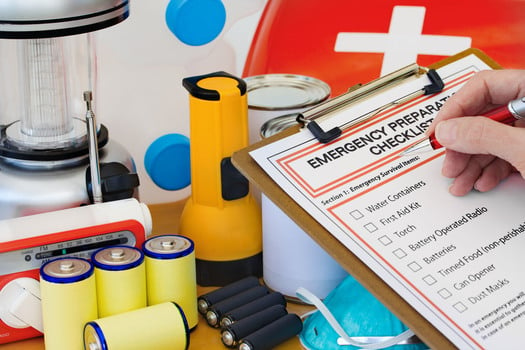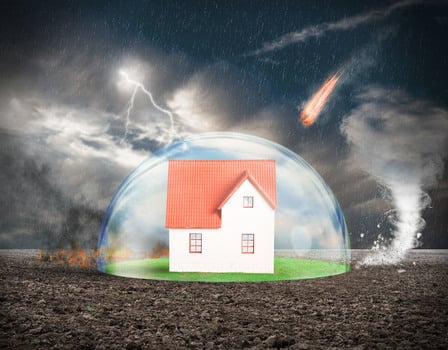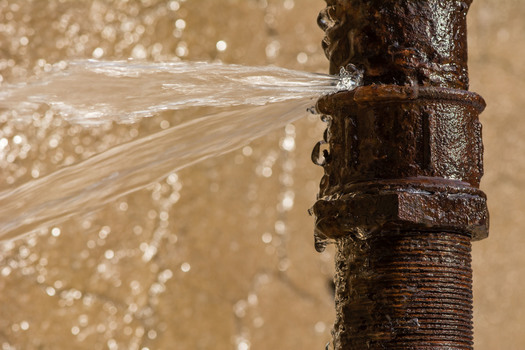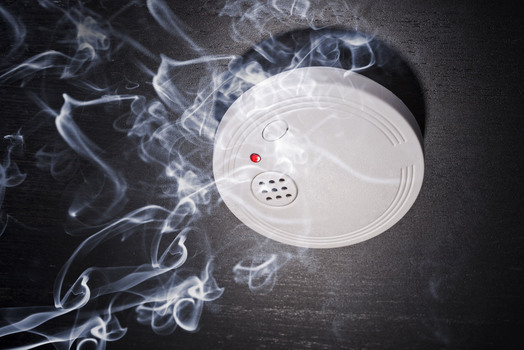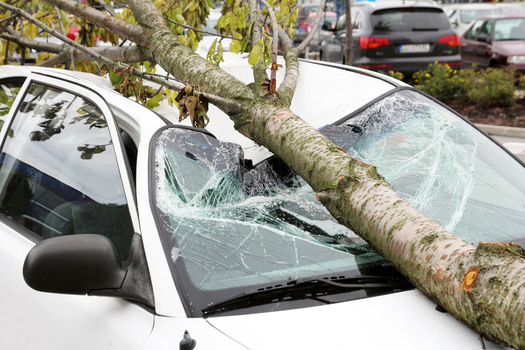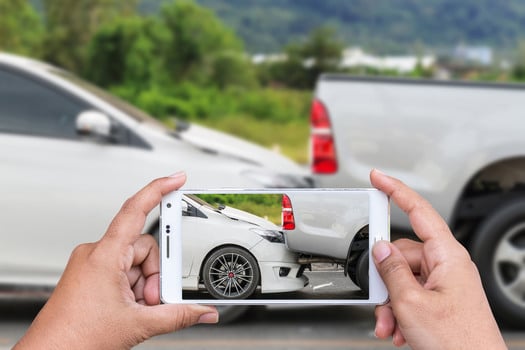With the start of hurricane season just a few weeks away, we're hearing more about changing global weather patterns, and the volatility, frequency and severity of storms. Meteorologists are calling for a slightly below-average hurricane season, but it only takes one storm to create havoc for insurers and policyholders.
While we cannot control the weather, we can manage our level of preparation for what is to come.
Related: Power outage: How homeowners can tackle power loss this hurricane season
Assembling supplies, cleaning gutters of debris, making sure water drains away from building foundations and securing supplies like generators and flashlights can help mitigate some of the effects of a severe storm.
Confirming what type of insurance coverage you have and the limits provide a realistic picture of what will and won't be covered after a severe weather event. Take photos of each room in your house or office to provide an accurate record of furnishings and other valuable contents. Store them on the cloud or off of the premises.
Read on for more tips on how to prepare for other weather-related events.
Emergency supplies ensures you and your loved ones are ready for any disaster. (Photo: Shutterstock)
Have emergency supplies ready.
Putting together a “storm kit” is a great place to start. It doesn't have to be complicated, but make sure to include practical supplies that will allow your family to survive until other resources and utilities are available.
Some items to keep on hand for emergencies include:
-
Water – 3-day supply per person
-
Non-perishable food – 3-day supply per person (don't forget a manual can opener!)
-
Medications – 7-day supply
-
Flashlights & extra batteries, battery-operated candles
-
First aid kit
-
Blankets & warm clothes – e.g., hats, gloves, jackets, boots
-
Emergency contacts list – include family and insurance information (hard copies can be helpful in case your phone doesn't work)
-
Extra cash
-
Cell phones and chargers
-
Additional fuel for heaters and generators
-
Baby supplies – e.g., bottles, formula, diapers, baby food
- Pet supplies – 3-day supply
Related: Top 10 costliest U.S. tornado catastrophes
Having safe locations as a part of severe weather preparation is crucial if a certain location becomes too hazardous. (Photo: Shutterstock)
Other storm preparations to consider.
After building your “storm kit” and placing it in a safe location, there are a number of other things to consider. While some steps are storm specific (i.e., installing hurricane shutters), many are helpful regardless of the forecast.
For example, ensure that outdoor furniture is secured or brought inside is important. Also secure any other items that could become airborne in high winds such as planters, trash cans, lawn ornaments, flags and outdoor decorations.
Make sure to fill up your gas tank and any spare gas cans in case you need fuel to run generators or heaters.
Related: Using catastrophe modeling to predict risk scenarios
Rusty pipes are an extreme risk when the weather reaches freezing temperatures. (Photo: Shutterstock)
Don't forget these cold weather risks.
Winter events often include below freezing temperatures, which can result in the potential for frozen/burst pipes. Check any home water lines that run against exterior walls or through unheated areas. Make sure all exterior spigots are drained, turned off and covered.
In some cases, it may be necessary to hire a licensed plumber to re-route lines; in most instances, proper insulation will go a long way in minimizing, if not eliminating, the potential for a water damage loss from a burst pipe.
Related: Does your homeowners' policy cover these three things?
Smoke detectors will alert you of any smoke or fire during weather events or power outages. (Photo: Shutterstock)
Keep a lid on the heat.
Unfortunately, fires are a common occurrence during weather events and accompanying power outages. Fire prevention and safety are critical when using candles or other sources for heating, cooking or lighting.
All vents around temporary heaters should be monitored and remain clear of obstructions during and after a storm to eliminate the potential for carbon monoxide issues.
Related: Top spring hazards homeowners face in each of 8 U.S. regions
When a storm is imminent, the most important thing to do is to remain calm and prepare. Unless you shelter elsewhere or have been instructed by officials to evacuate, you are now ready to handle whatever Mother Nature throws at you.
But what happens after the storm is over?
The damage can be big or small, but it's important to track for insurance purposes. (Photo: Shutterstock)
After a storm, take time to inspect the damage.
Safety is always the number one priority, and inspecting your home and property after a storm should be done as carefully as possible. For example, if you believe there is damage to your roof, complete the inspection using a structurally sound ladder and have someone hold it in place.
If there is damage to your home, it will be important to take steps to mitigate further loss. This may include removing downed trees, placing tarps or coverings over exposed areas, or removing water that has leaked into your home.
If at any time during this process you are uncomfortable, consider retaining a certified, licensed professional to assist you with your inspection and mitigation efforts.
Related: How well do you know condo insurance exclusions?
Any damage to your property must be recorded. Be sure to take multiple photographs and back them up on an external harddrive or in the cloud. (Photo: Shutterstock)
Document all the damage.
If there is damage to your property, document the extent of the impact and cost to repair the damage. Take photographs of the areas and items affected, begin to assemble repair estimates, and make sure to save receipts for any costs incurred from the storm or for the repairs.
Contact your insurance agent or insurance carrier as quickly as possible to get answers to any coverage questions and to formally initiate the claim process.
And, if you used something from your storm kit, replace those items so you are prepared for the next event because we know it is not a matter of “if” another weather event will occur, but “when.”
Related: 10 extreme weather events of 2016
Joseph L. Salerno, II, is the vice president of claims for the Arbella Insurance Group and has led the claims organization for three years. He has 30 years of multi-line claim experience and holds the Senior Claim Law Associate (SCLA) insurance designation. He can be reached at [email protected].
Want to continue reading?
Become a Free PropertyCasualty360 Digital Reader
Your access to unlimited PropertyCasualty360 content isn’t changing.
Once you are an ALM digital member, you’ll receive:
- Breaking insurance news and analysis, on-site and via our newsletters and custom alerts
- Weekly Insurance Speak podcast featuring exclusive interviews with industry leaders
- Educational webcasts, white papers, and ebooks from industry thought leaders
- Critical converage of the employee benefits and financial advisory markets on our other ALM sites, BenefitsPRO and ThinkAdvisor
Already have an account? Sign In Now
© 2025 ALM Global, LLC, All Rights Reserved. Request academic re-use from www.copyright.com. All other uses, submit a request to [email protected]. For more information visit Asset & Logo Licensing.


